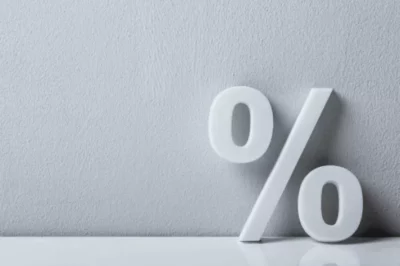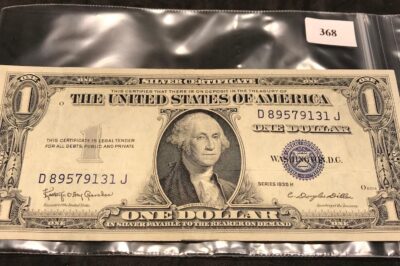
Introduction:
In the vast world of numbers and calculations, understanding percentages plays a crucial role in everyday life. One common scenario that often arises is figuring out a specific percentage of a given value. In this blog post, we’ll delve into the mathematics behind finding 10 percent of 15,000, exploring the concept and its real-world applications.
Understanding Percentages:
Before we dive into the calculation, let’s refresh our understanding of percentages. A percentage is a way of expressing a fraction of a whole out of 100. In essence, it allows us to compare relative quantities and understand proportions. The symbol “%” is used to denote percentages, with 100% representing the whole or the entire amount.
Real-World Applications:
Understanding how to calculate percentages is not just a mathematical exercise; it has practical applications in various aspects of life.
Finance and Budgeting:
When managing finances, knowing the percentage of an expense or income can help individuals create effective budgets. For example, if someone budgets 10 percent of their income for savings, they can easily calculate this amount using the principles we discussed.
Discounts and Sales:
In the retail world, businesses often offer discounts in percentages. Knowing how to calculate these percentages helps consumers understand the actual savings they’ll get during a sale. If a product is discounted by 10 percent, the buyer can quickly determine the reduced price.
Tip Calculations:
When dining at a restaurant, tipping is often done based on a percentage of the total bill. Understanding how to calculate percentages simplifies the process of determining an appropriate tip amount.
Tax Calculations:
Sales tax, income tax, and other forms of taxation are often expressed as percentages. Being able to calculate these percentages ensures accurate financial planning and compliance with tax regulations.
Conclusion:
In the realm of numbers, percentages serve as a powerful tool for expressing proportions and making sense of data. The ability to calculate percentages is a valuable skill with applications in various real-world scenarios. By exploring the calculation of 10 percent of 15,000, we’ve not only unveiled the mathematics behind it but also highlighted its significance in practical aspects of life. So, the next time you encounter a percentage-related challenge, you’ll be well-equipped to tackle it with confidence and precision.









